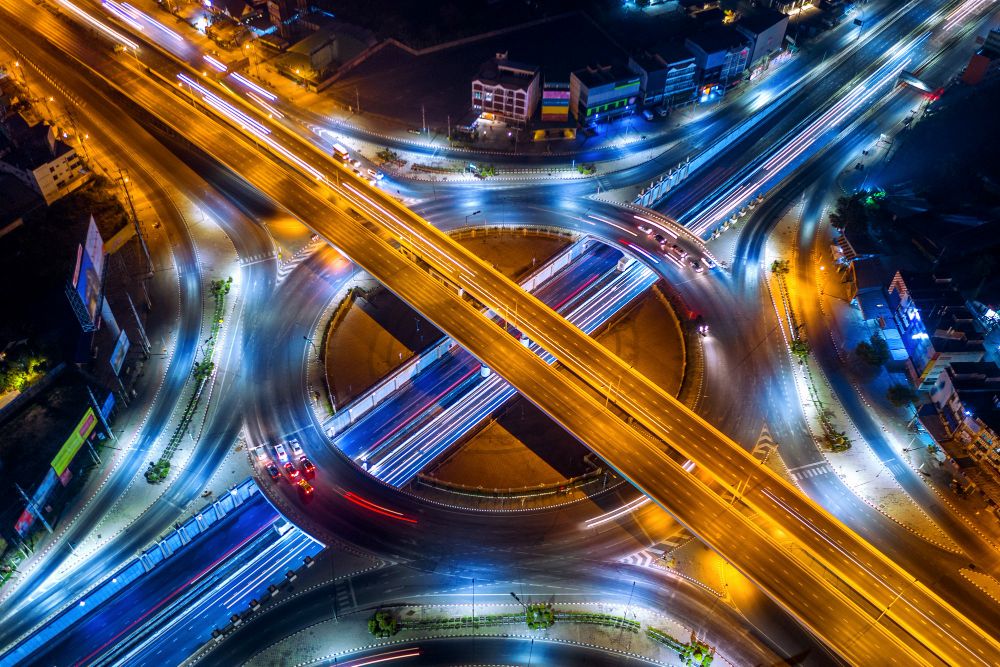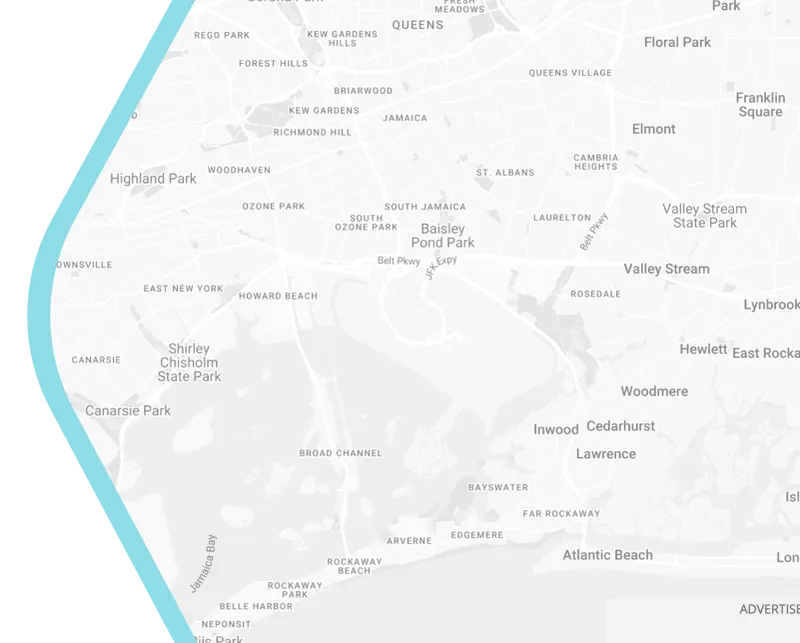
How AI Unlocks Smart City Traffic Solutions for Smoother Commutes
Picture this: It’s 8:15 AM in Melbourne. Rain slicks the streets as brake lights glow crimson for blocks. Commuters drum their steering wheels, calculating lost minutes. Just three years ago, this gridlock cost Australia’s economy $39 billion annually in lost productivity and fuel. But today, something shifts. Traffic lights at the next intersection flicker to green in unison, clearing a path like a zipper unfastening. An invisible conductor—artificial intelligence—is orchestrating the flow. This is the quiet revolution transforming urban mobility, turning gridlock into green lights and frustration into fluid commutes.
The Hidden Cost of Congestion
Urban traffic isn’t just an inconvenience; it’s a systemic drain. In Sydney alone, drivers spend 280 hours yearly idling in traffic—equivalent to 35 workdays. Beyond wasted time, congestion chokes cities with 30% extra emissions and strains emergency response times. Traditional solutions—wider roads, extra lanes—often worsen the problem through induced demand. Enter AI: a paradigm shift from concrete to code. By treating traffic as dynamic data rather than static infrastructure, cities like Brisbane and London now predict jams before they form and reroute entire transit networks in real time.
How AI Reads the Urban Pulse
At its core, AI traffic optimization is a masterclass in pattern recognition. Machine learning algorithms ingest torrents of data—traffic camera feeds, GPS pings from buses, ride-share movements, even weather forecasts. Like a city neurologist, the system maps congestion hotspots and predicts ripple effects from accidents or events. Melbourne’s AI pilot reduced peak travel times by 26% not by controlling every light manually, but by teaching the network to "learn" daily rhythms. When sensors detect school zones bustling at 3 PM or stadium events dispersing at 10 PM, lights automatically extend greens for main corridors while calming side streets.
Success Stories from Smart Streets
Singapore’s "Green Link Determining" system showcases AI’s prowess. By synchronizing traffic lights across districts, it created rolling green waves for buses, slashing commute times by 15%. In Los Angeles, an AI platform reduced delays at 4,500 intersections by 12% by adjusting signals every second based on live vehicle counts. But Australia’s standout is Adelaide’s "Cicada" project. Here, AI prioritizes trams during rush hour while nudging drivers toward underused routes via dynamic signage. The result? A 31% drop in tram delays and 18% faster cross-town car trips—proving shared mobility benefits all.
Beyond Speed: The Ripple Effects
The magic of AI traffic management lies in its cascading benefits. When Sydney tested AI optimization in Paramatta, emissions fell by 14% as stop-start driving decreased. Emergency vehicles gained 20% faster response times with AI clearing paths. For city planners, predictive models reveal where bike lanes or bus upgrades will maximize impact. Architects now design buildings with AI traffic data, placing garages to minimize neighborhood disruption. Even real estate values climb near AI-optimized corridors thanks to reduced noise pollution and safer pedestrian pathways.
Navigating the Roadblocks
Despite its promise, AI traffic integration faces potholes. Privacy concerns linger over vehicle tracking, though systems like Perth’s anonymize data within milliseconds. Legacy infrastructure in older cities resists smart upgrades, requiring modular retrofits. Crucially, equitable access matters—without broadband in underserved areas, AI can’t relay detours to those most affected by congestion. Solutions are emerging: Hobart uses low-cost IoT sensors for data collection, while Brisbane partners with telcos to subsidize data plans for transit apps.
The Future of Urban Mobility
Tomorrow’s AI traffic systems won’t just react—they’ll anticipate. Imagine self-driving cars negotiating intersections via AI handshakes, eliminating traffic lights entirely. Or Melbourne’s proposed "mobility marketplace," where AI trades road space between delivery drones and buses in real time. As Australian cities invest $1.2 billion in smart transport by 2026, the goal crystallizes: not just smoother commutes, but transformed urban experiences. With AI as the conductor, our cities are composing symphonies from chaos—one green light at a time.
